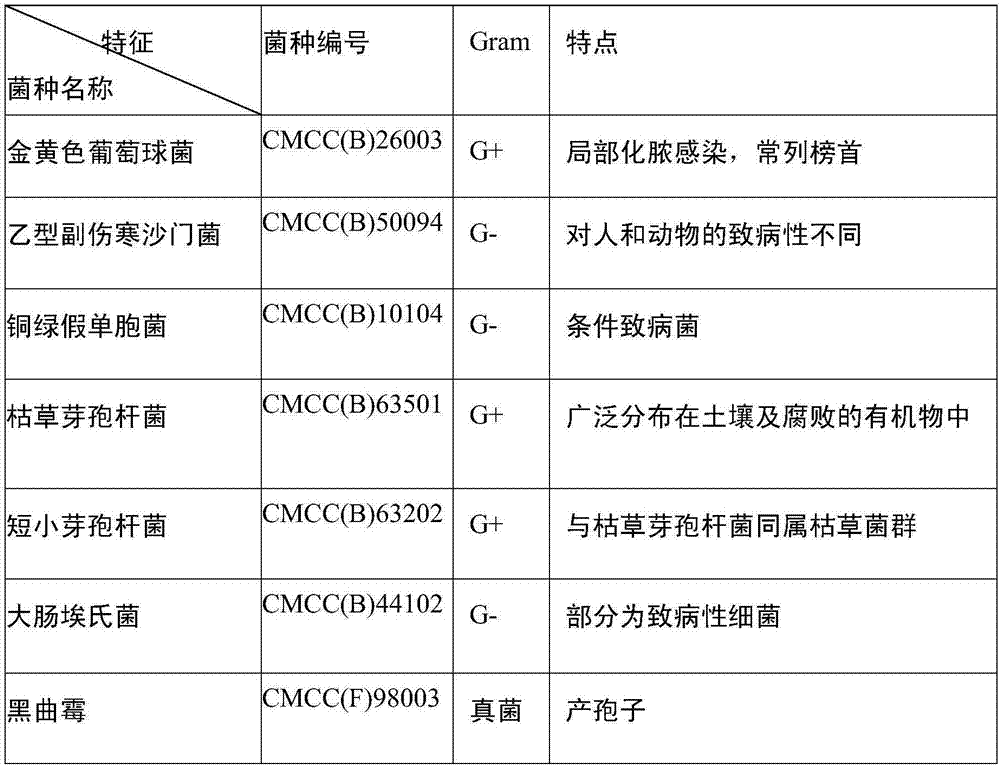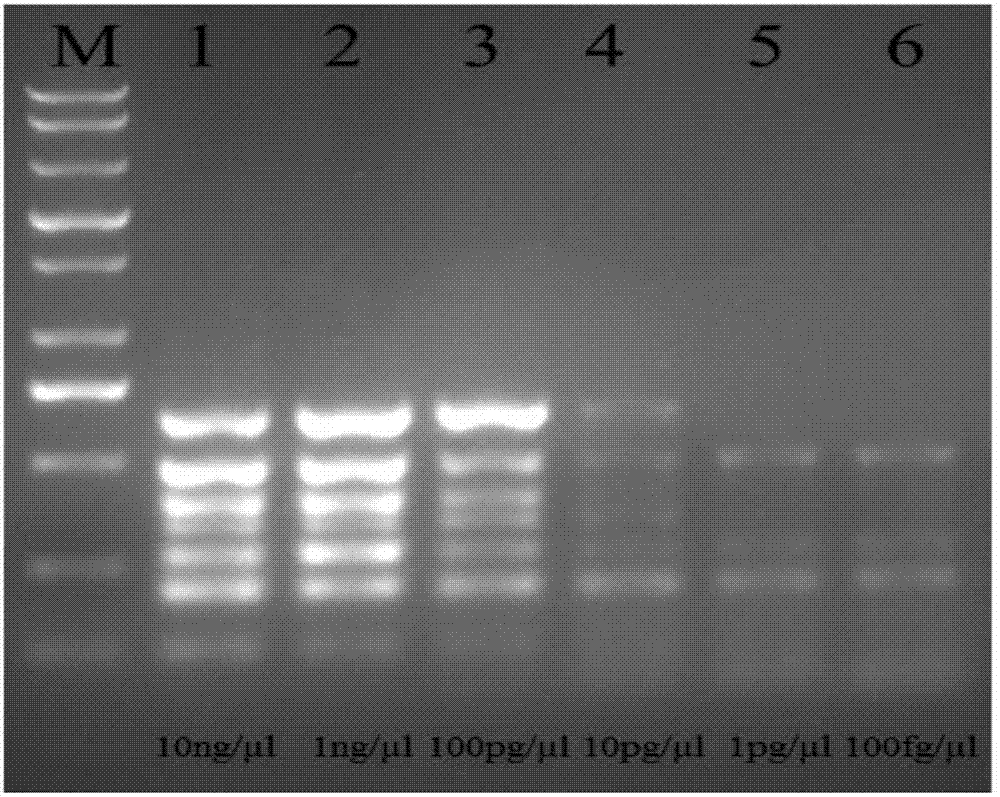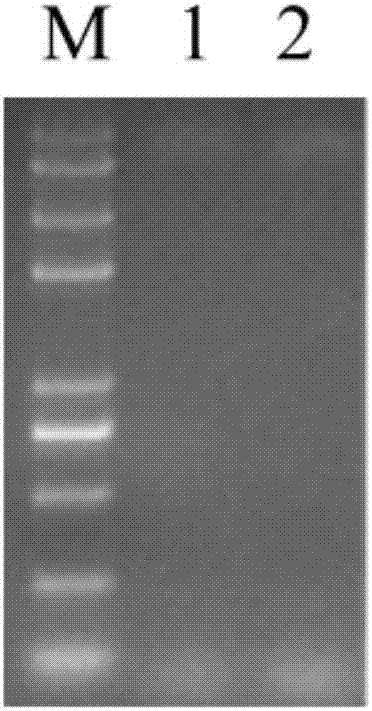Method for detecting food-borne pathogenic bacteria in microecological active bacterial preparation through multiplex PCR
A technology of food-borne pathogenic bacteria and live bacteria preparations, which is applied in the direction of microorganism-based methods, biochemical equipment and methods, and microbial measurement/inspection, which can solve problems such as cumbersome procedures, complicated detection methods, and reduced accuracy
- Summary
- Abstract
- Description
- Claims
- Application Information
AI Technical Summary
Problems solved by technology
Method used
Image
Examples
Embodiment 1
[0052] 1) Rehydration of a solid probiotic preparation: accurately weigh 0.05g of solid probiotic preparation (including solid particles, bacterial powder, etc.), add 0.95 mL sterile PBS buffer to the EP tube, and shake at 37°C The bed was slowly shaken at 100 rpm for 30 minutes.
[0053] 2) Genome extraction: Take out 1 ml of the fermentation solution prepared in step (1), centrifuge at 12,000 rpm for 1 minute, and discard the supernatant. First resuspend the bacteria with 500μL 70% ethanol, ice bath for 20min, add lysozyme to resuspend, incubate at 37℃ for 60min, add protease, incubate at 55℃ for 15min, add RnaseA and let stand for 2min, add 400μL of Binding Buffer to mix, add to centrifuge In the column, discard the flow-through, wash twice with Wash Buffer and Clean Buffer, and elute DNA with Elution Buffer. The extracted genome was detected by electrophoresis using 1% agarose gel.
[0054] 3) Primer synthesis: The designed primer pairs of various common pathogenic bacteria a...
PUM
 Login to View More
Login to View More Abstract
Description
Claims
Application Information
 Login to View More
Login to View More - R&D
- Intellectual Property
- Life Sciences
- Materials
- Tech Scout
- Unparalleled Data Quality
- Higher Quality Content
- 60% Fewer Hallucinations
Browse by: Latest US Patents, China's latest patents, Technical Efficacy Thesaurus, Application Domain, Technology Topic, Popular Technical Reports.
© 2025 PatSnap. All rights reserved.Legal|Privacy policy|Modern Slavery Act Transparency Statement|Sitemap|About US| Contact US: help@patsnap.com



